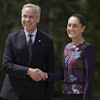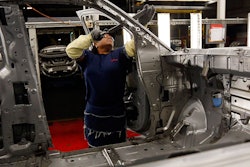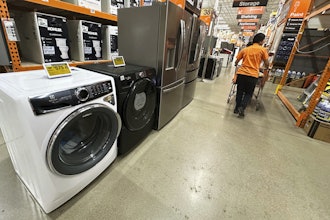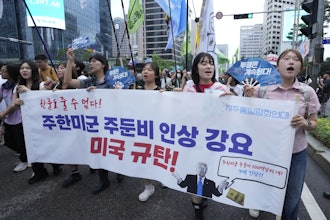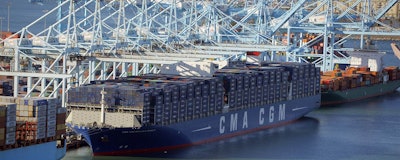
 Mark Dohnalek
Mark DohnalekRight now there are three major trade agreements being discussed in the public debate via the Presidential election. The North American Free Trade Partnership (NAFTA) and the Central American Free Trade Partnership (CAFTA), which have been in force for 22 and 10 years, respectively, have both become hot-button campaign issues thanks to the political candidates, union activists and other interested parties. The same goes for the Trans-Pacific Partnership (TPP), which has been negotiated but not yet ratified.
As a U.S.-based product development and manufacturing company with operations and clients all over the world, we are directly affected by U.S. trade policy. While there are loud voices on either side of the issue, I believe the truth about these trade agreements, like so many things, lies somewhere in the middle. Below is a breakdown of what the agreements do, what is working and what should be fixed.
What do These Agreements do?
The TPP is a massive agreement among 12 nations: U.S., Japan, Malaysia, Vietnam, Singapore, Brunei, Australia, New Zealand, Canada, Mexico, Chile and Peru.
The agreement is intended to create a closer economic relationship among the member countries by reducing or eliminating around 18,000 tariffs for the member countries. In addition, member countries hope to work more closely on economic policy and regulation, as well.
The effect of the TPP could be to create a single market similar to the European Union — albeit a much bigger one.
Similarly, NAFTA eliminated most tariffs between Mexico, the United States, and Canada when it was entered into in 1994, and CAFTA, an agreement between the U.S., Honduras, Nicaragua, Costa Rica, El Salvador and Guatemala, did the same thing for trade among those member countries.
How do They Affect American Trade?
International trade agreements, especially one of the TPP’s magnitude, have extremely complex and far-reaching effects on both their member countries and the global economy at large. If they didn’t, they’d hardly inspire the strong opinions that they do.
The TPP, for example, has been strongly opposed by Republican presidential candidate Donald Trump, as well as the former Democratic candidate Bernie Sanders. It’s been trumpeted as a major victory by President Barack Obama and Democratic presidential candidate Hillary Clinton.
In my opinion — which is based on my experience in the global product development and manufacturing industry — CAFTA, NAFTA and the TPP are, overall, positive developments for the U.S. We have a $20 trillion economy, far bigger than any other country on the planet except for China. Liberalizing trade creates a net gain for our country.
How to Make Them Better
However, there is one area of these trade pacts that needs improvement. That is the fact that due to certain import rules and restrictions, these agreements have made it more difficult for the U.S. to export goods to its trade partners, than it is for those partners to export goods to us. This puts us at a disadvantage.
To fix this issue, the fair trade rules need to be more balanced, and the only way to achieve this balance is through good old-fashioned hard-nosed trade negotiations. As a country, we need to be confident enough to negotiate this lengthy process knowing that it’s in everyone best interest to make the rules fair and equitable.
So why don’t we do this? There are many reasons, but the biggest one is that our leaders don’t stay the course long enough to get the results we need. Politics, as it so often does, gets in the way of common sense.
Despite this, however, there’s no denying that the concept of the TPP, NAFTA and CAFTA is a good one: to open up more countries for trading partnerships. We hear about these agreements taking American jobs, but the other side of that coin is that there’s much more trade occurring than there would be without those agreements. That helps grow our economy, which in turn helps add jobs to the marketplace.
No matter how you feel about these agreements, international trade is here to stay. As our world becomes ever more globalized, insulating ourselves from other nations simply isn’t feasible. If the trading rules can be reworked to lessen other countries’ advantages over us, then these agreements would undoubtedly lose many of their detractors.
Mark Dohnalek is President & CEO of Pivot International.

